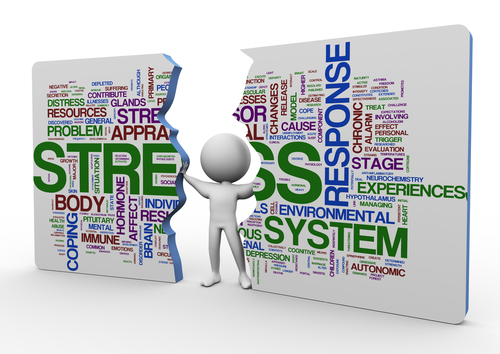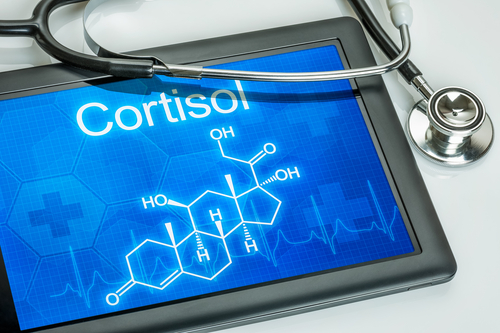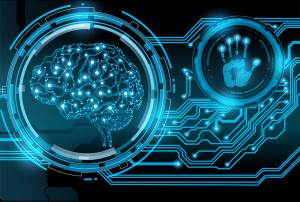Authors:
The understanding of this mechanism of aging is expanding owing to the works of such scientists as
History:
Our current use of the term stress originated only a little more than 50 years ago. This term was borrowed from the field of physics by one of the fathers of stress research H. Selye. H. Selye began using the term stress in the 1920’s.  H. Selye pioneered the field of stress research and provided convincing arguments that stress impacted health. From the late 1960s, a large amount of research was undertaken to examine links between stress and disease of all kinds. By the late 1970s, stress had become the medical area of greatest concern. There was also a great amount of laboratory researches into the neuroendocrine, molecular, and immunological bases of stress. By the 1990s, «stress» had become an integral part of modern scientific understanding in all areas of physiology and human functioning, and one of the great metaphors of Western life.
H. Selye pioneered the field of stress research and provided convincing arguments that stress impacted health. From the late 1960s, a large amount of research was undertaken to examine links between stress and disease of all kinds. By the late 1970s, stress had become the medical area of greatest concern. There was also a great amount of laboratory researches into the neuroendocrine, molecular, and immunological bases of stress. By the 1990s, «stress» had become an integral part of modern scientific understanding in all areas of physiology and human functioning, and one of the great metaphors of Western life.
Example:
Old people have increased level of the stress hormone cortisol. Under stress, that essential hormone increases sugars (glucose), amino acids and lipids in the bloodstream, suppresses inflammatory processes.

At the same time, if the concentration of cortisol is heightened for a long period of time, that can disturb nourishment of tissues, cause arterial hypertension and suppress functions of hippocampus (that is brain region responsible for the memory). As the result, old people often have weak memory, reduced learning capability, increased irritability and increased susceptibility to depression.
Description:
Stress is a nonspecific organism’s response to a stressor (any action that causes imbalance in the stability of internal conditions). Factors favouring emergence of stress in an organism are quite numerous. They can be external (exogenous): increased or decreased environment temperature, fluctuations of oxygen concentrations in the air, injuries, hypodynamia, infections, excess or lack of nutrients, toxins, chemical mutagens, ionizing radiation and untraviolet. They can also be internal (endogenous): the psychological, neurohormonal, oxidative stress, mitochondrial stress and the stress of the endoplasmic reticulum.
They can be external (exogenous): increased or decreased environment temperature, fluctuations of oxygen concentrations in the air, injuries, hypodynamia, infections, excess or lack of nutrients, toxins, chemical mutagens, ionizing radiation and untraviolet. They can also be internal (endogenous): the psychological, neurohormonal, oxidative stress, mitochondrial stress and the stress of the endoplasmic reticulum.
By rights aging may truly be called the chronic stress. During aging more and more physiological constants of our body go beyond acceptable limits. Failure of constancy is clearly seen in the deviation of blood indeces from norma — it concerns blood pH, levels of glucose and other nutrients, amount of lipoproteins of various classes, concentrations of vitamins, macro- and microelements. The deviation of the parameters mentioned above causes activation of compensatory processes, and the latter frequently cause more damages than deviation on its own.
Additions and Criticism:
 Recent researches made at the Harvard Medical School have revealed the physiological mechanism binding chronic stress and acute dysfunction of cardiovascular system. It was found that prolonged stress trigger the cascade of reactions which result in excess production of leukocytes — cells of immune system which accumulate in arteries and cause formation of complicated,
Recent researches made at the Harvard Medical School have revealed the physiological mechanism binding chronic stress and acute dysfunction of cardiovascular system. It was found that prolonged stress trigger the cascade of reactions which result in excess production of leukocytes — cells of immune system which accumulate in arteries and cause formation of complicated,
Publications:
- Kerr, D. Steven, et al. «Chronic
stress-induced acceleration of electrophysiologic and morphometric biomarkers of hippocampal aging." The Journal of neuroscience 11.5 (1991): 1316–1324. - Simon, Naomi M., et al. «Telomere shortening and mood disorders: preliminary support for a chronic stress model of accelerated aging." Biological psychiatry 60.5 (2006): 432–435.
-
Juster,
Robert-Paul , Bruce S. McEwen, and Sonia J. Lupien. «Allostatic load biomarkers of chronic stress and impact on health and cognition." Neuroscience & Biobehavioral Reviews 35.1 (2010): 2–16. -
Kiecolt-Glaser , Janice K., et al. «Chronic stress andage-related increases in the proinflammatory cytokineIL-6 ." Proceedings of the national Academy of Sciences 100.15 (2003): 9090–9095.